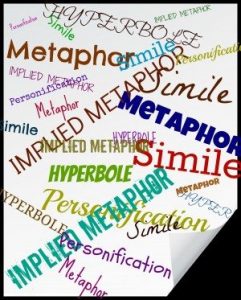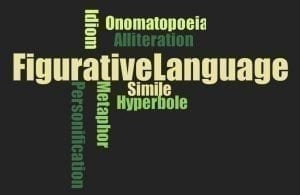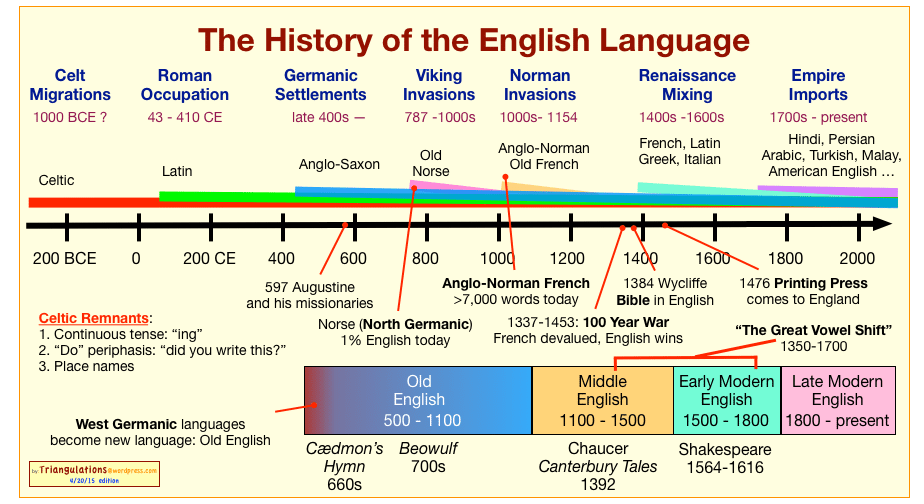As a someone whose primary tools are words, I am always interested in where these critical implements originated and how they continue to evolve.
The study of grammar, language, vocabulary–otherwise known as etymology–has always fascinated me. For those who enjoy writing and reading, what follows should be an entertaining romp through the worlds of philology, semantics, and dialectology.
Don’t let those terms throw you. We are not talking about theoretical mathematics or quantum physics. It is a look at where some of the words and phrases we use every day come from, some of the anomalies of words, language and usage, and how certain expressions evolved.
What follows is taken from a book entitled: 501 Things You Should Have Learned About Grammar. Enjoy
Did you know that “R” is the most commonly used consonant in the English language? Were you aware that the term “English” came before the name England? Did you even realize that punctuation did not appear until the 15th century?
There is a treasure trove of fascinating facts in 501 Things You Should Have Learned About Grammar. It’s a book that linguists, lexicologists, book-lovers, grammarians, and those in book publishing should love. The book is put out by Metro Books, an imprint of Sterling Publishing, the Barnes & Noble publishing company. It features sections on the history of English grammar, parts of speech, linguists, English around the world, and grammar through the ages.
Here are 35 items from the book that should entertain, if not stimulate, you:
- Shitfaced” meant “young-looking” in the Scottish dictionary. Yes, before 1826, shitfaced, according to Scottish dictionary meant small-faced. It referred to someone who had boyish or young looks.
- Queue” is the only word in the English language that doesn’t change in pronunciation if the last four letters are removed!
- One of the most interesting facts about words in the English language is that the female form of all words in English are longer than their corresponding male forms, except for in one case. The word “widow” is an exception to this. Its male form “widower” is longer.
- The oldest word in the Oxford English dictionary that is still in everyday use is “town.”
- Forty is the only number in which the letters that form the word appear in the order that they appear in the English alphabet.
- One is the only number in which the letters appear in the exact reverse order of their appearance in the English alphabet.
- “Four” is the only word whose numerical value is equal to the number of letters in it!

- Pangrams in English are sentences that contain all the letters in the English alphabet in a single sentence itself. Pangrams are used for testing typefaces, testing equipment, and for developing skills such as typing on keyboards, typewriting, handwriting, and calligraphy. Pangrams which are short and coherent are very difficult to come by, as English grammar has 26 different letters, and some of these, such as “q” and “x,” are not used very commonly. There is only one pangram in English which is short and universally accepted for keyboard testing. That pangram—“The quick brown fox jumps over the lazy dog.”
- About 20,000 books ranging from poems, devotional pieces, grammar books, dictionaries and mythical stories were printed in the 150 years that followed the year 1476, which was when the printing press arrived in England.
- There are no masculine nouns for certain professions like maid or seamstress in English.
- The longest word in the English language that is commonly used and does not contain any letter that is repeated is “copyrightable.”
- “Queueing” is the only word in the English language with five consecutive vowels appearing in it.
- China has more English speaking people than the United States of America!
- In the early 18th century, a large number of English words were being derived from names of people and places. Many have stuck on until today! The word “sandwich” owes its existence to the Earl of Sandwich, who, on a particular occasion, put a slice of meat in between two pieces of bread.
- Over 80 different spellings of Shakespeare’s name have been documented, and it is interesting to note that he has used various spellings in all his six known signatures.
- The printing press was first invented by Johannes Gutenberg around 1439 in Germany. Each letter’s mirror image was carved in relief on a small block. Words were formed when blocks, which were quickly movable, were arranged to form different words. The words were separated with the help of blank spaces, and this gave rise to a line of type, and some such lines of type gave rise to a page.
- With the help of some borrowed money, Gutenberg started the “Bible Revolution” in the year 1452, wherein 200 copies of the two-volume Gutenberg Bible were printed, out of which only a small number of them were printed on vellum.”
- By the year 1500, 13 million books were being circulated in Europe that was populated with 100 million people then.
- The Gutenberg Bibles were expensive and beautiful and were sold at the 1455 Frankfurt Book Fair, where each one was equal to the amount an average clerk got his salary in three years. About 50 of these Bibles survive today.
- The written English used in the official documents at the Court of Chancery, a court of equity in England and Wales, was what set a standard in grammar and vocabulary, and that’s where the term “Chancery English” originated.
- Paradise Lost is amongst the most significant epics ever written in English. And what makes it even more special is the fact that the author John Milton (who had lost his eyesight by then) would mentally compose the verses at night and in the morning he would dictate them to his aides.
- The discovery that English and Sanskrit had much in common, in spite of having little contact, stunned theorists. Surprised by the linguistic similarities between different languages, scholars began to hypothesize the existence of an ancient language called the “proto-Indo-European” language that would later give rise to the various branches of the Indo-European group.
- Language historians now believe that the speakers of the Proto-Indo-European languages spread to different parts of the world. Their language (spoken between 4,000-6,000 years ago) changed with their travels, leading the original Proto-language to die out, but leaving several distinct elements in the languages that evolved later.
- Words and sentences that are made by teaming up letters, numbers, or pictures are called Rebus. One example that we use in our day-to-day SMS lingo is “l8r,” which is short for “later.”

- Spoonerisms pop up when letters and sounds get misplaced. Missed becomes hissed, flags become hags, so on and so forth.
- Malapropism: This term is used to denote the replacement of a correct word with the incorrect word because they sound similar.
- “Puns are often called the lowest form of humor because of their reliance on manipulating the sound of words for effect. These are homophones, where the pun is created by replacing one word with another similar sounding one. For example “Old kings never die, they’re just throne away.”
- An oxymoron is a figure of speech that combines two or more contradictory phrases that, in sum, express an essential relation. Can you hear the deafening silence at that? If so, act natural.
- Many grammarians believe that the process of onomatopoeia – words formed in the imitation of sounds – was the basis of the evolution of words in the human language. Human beings coined words out of exclamations they made or heard animal and birds make, or came across in their environment. This theory has been pooh-poohed by others who cite the fact that there are very few words in most human languages that are onomatopoeic.
- Book and movie titles are also retrospectively used as metaphors – that’s a “Catch 22 situation,” “This is such a 1984ish nightmare” or “it’s a Cinderella story.
- Incidentally, the English word “alphabet” is made by combining “alpha” and “beta,” the first two letters of the Greek alphabet.
- Elizabethan English refers to the English and the laws of English grammar that existed during the period of the reign of Queen Elizabeth I, who was the Queen of England and Ireland from 1558 to 1603.
- The Elizabethan Alphabet had 24 letters, unlike the present day alphabet, which has 26 letters. “u” and “v,” “I” and “j” were the same letter.
- After the writers of the Bible, Shakespeare is the second most quoted writer in the English language.
- By 1400, English had replaced French as the most widely spoken language in England. In 1500, the English dialect that became the most common among all of them was Westminster English. Speaking this dialect was considered to be a matter of great prestige.
- A lot of Norman French words found their way into the English language. In today’s times, it is believed that over 30% of all English words are of French origin. Words like “joy,” “joyous,” “attaché,” and several others found their way into English courtesy Norman French.”



As a logophile, I truly appreciate this column (as well as the paronomasia article, which did not allow me to comment). Number 3 reminded me of a similar word puzzle—a common five-letter, two-syllable English word. Remove the middle letter, and the pronunciation remains functionally unchanged. Remove the first letter, and the pronunciation remains functionally unchanged. Remove the last letter, and the pronunciation remains functionally the same. Now remove the final two letters, and what remains is the definition of the word. Empty.
Not sure what’s going on with you not being able to comment on some posts. They are all marked “accept comments.” I will keep bugging the web masters about this.